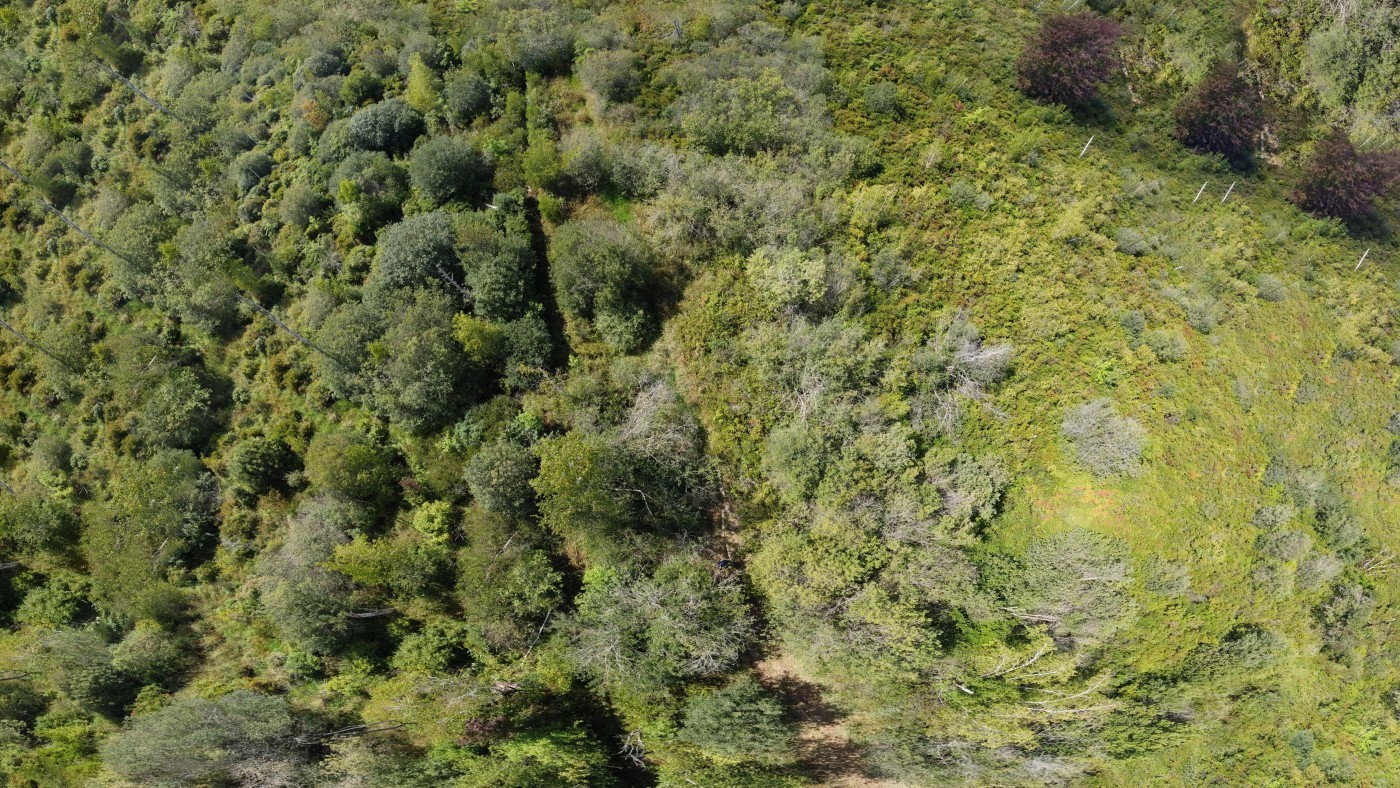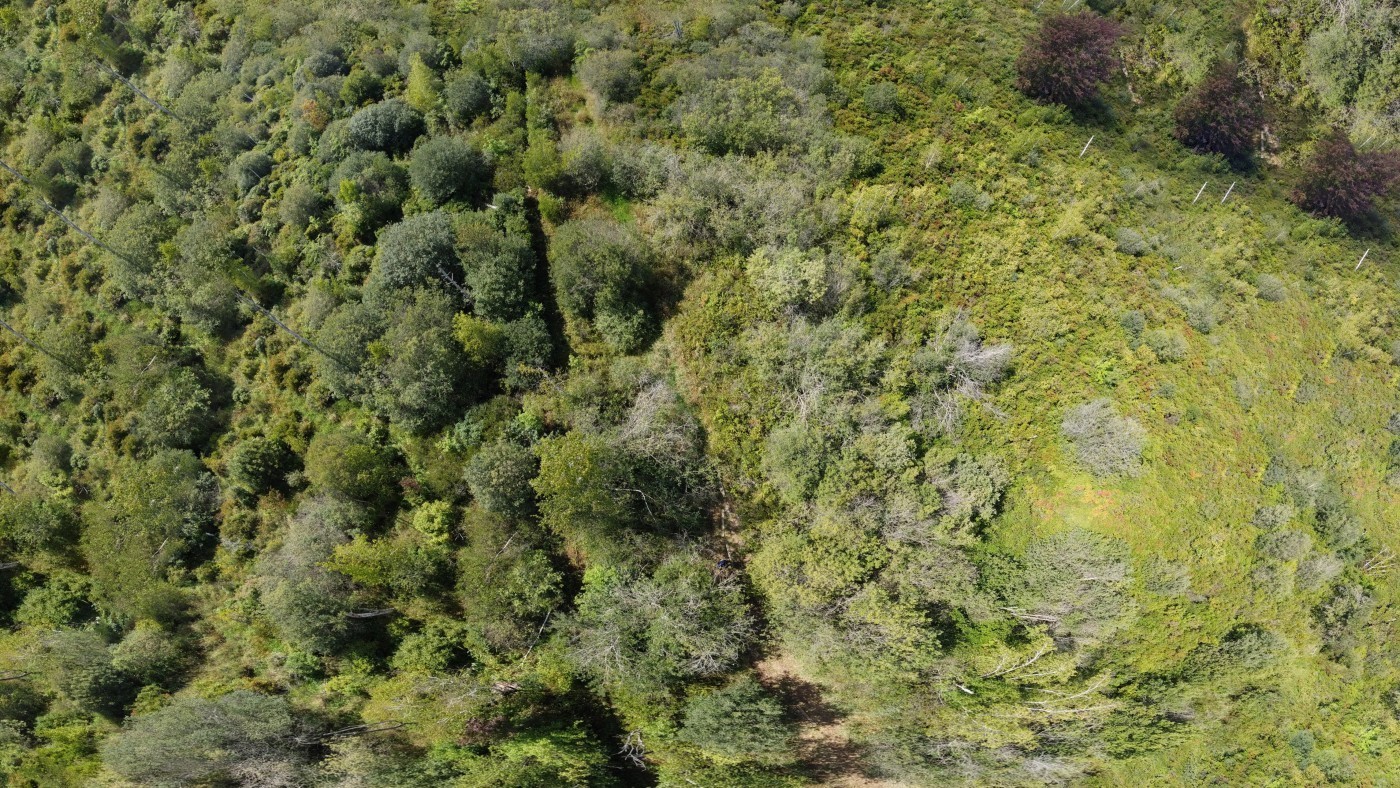Beneath our feet lies a hidden world, often overlooked but crucial to the health and sustainability of our ecosystems: bogs.
These extraordinary wetlands play a vital role in supporting native wildlife, contribute to global diversity and are even key to flood management and prevention as they absorb runoff and help to prevent soil erosion.
As we navigate the challenges facing conservation, it is essential to shine a spotlight on the significance of bogs and their valuable contributions. Especially as we celebrate World Bog Day in July.
A Bog with Unique Natural and Heritage Value
One significant example showing why bogs are important is the Wainfleet Bog, located in the Township of Wainfleet and the City of Port Colborne.
Relatively young in geologic terms, this domed bog was formed between 12,000 and 5,000 years ago as the glaciers from the last Ice Age melted and retreated. Water collected in the low, flat and poorly drained land behind the nearby Onondaga Escarpment, stopped surface water from flowing south to Lake Erie. Over time, this open water area filled in as plants died and provided habitat for flora and fauna able to withstand the acidic and low nutrient soil conditions.
As a result of more than two hundred years of expanding agriculture, peat extraction and transportation activities within and around the bog, it decreased in size and function. The remnant bog is presently 1,460 hectares (3,607 acres).
As the largest remaining bog in Southwestern Ontario, this ancient peatland is a sanctuary for a myriad of species, from elusive amphibians to majestic birds of prey. Its pristine waters and unique vegetation like live sphagnum moss, Labrador tea, cotton grass and leatherleaf, provide critical habitat and resources for diverse wildlife, making it a hotspot for ecological richness.
Bogs are Havens for Fish and Game
At the heart of the Wainfleet Bog lies its role as a haven for fish and game. It offers ideal conditions for spawning and nurturing fish populations, which in turn also serve as a vital food source for predatory birds and mammals, sustaining entire ecosystems within and beyond the bog’s borders.
The Wainfleet Bog offers essential habitat for game species including waterfowl, small mammals like rabbits, squirrels and raccoons, and bigger species like wild turkeys and coyotes. The dense vegetation and abundant insect life found inside the bog supports the survival and reproduction of an extensive list of valuable species. In fact, the Wainfleet Bog is home to the largest winter concentration area of white-tailed deer in the Niagara Peninsula watershed. For hunters and outdoor enthusiasts alike, bogs represent invaluable recreational opportunities and cherished landscapes to explore.
Bogs Play Key Role in Conservation
The ecological significance of bogs extends beyond their role in supporting wildlife. These wetlands also function as natural filters, purifying waters and sequestering carbon, thereby helping to mitigate climate change and enhance water quality.
As environmental stewards, it is our responsibility to recognize and appreciate the importance of bogs and advocate for their conservation. Despite their intrinsic value, bogs face various threats like habitat loss and pollution.
Since 1996, the Niagara Peninsula Conservation Authority (NPCA) has dedicated immense efforts to restoring the Wainfleet Bog and slow the factors degrading this unique ecosystem. Over the years, the west half of the property has received rehabilitation activity, while the east half is maintained in status quo for existing species to adapt to changes.
The involvement and assistance of partners and stakeholders has made this rehabilitation work possible. These include individual volunteers, nature and conservation clubs, educational institutions, partner municipalities and government agencies through funding, on-site labour, and assistance with surveys, inventories and monitoring.
NPCA is committed to preserving and restoring the Wainfleet Bog, which functions as the heart and lungs of the Niagara Peninsula watershed. Supporting initiatives aimed at conserving and restoring these vital ecosystems can help ensure a brighter future.
Next time you find yourself wandering through the wilderness of a bog, take a moment to reflect on the intricate web of life that surrounds you. In the heart of every bog lies a natural world waiting to be explored and cherished for generations to come.
Guest editorial written by Erika Navarro in collaboration with NPCA staff for Outdoor Canada’s Summer Issue.

